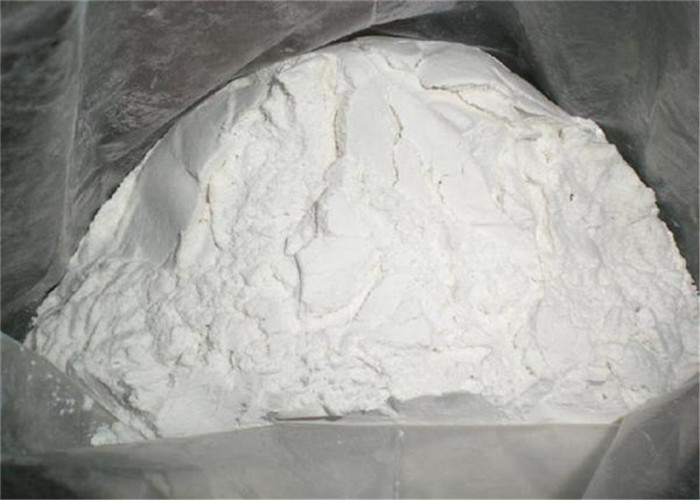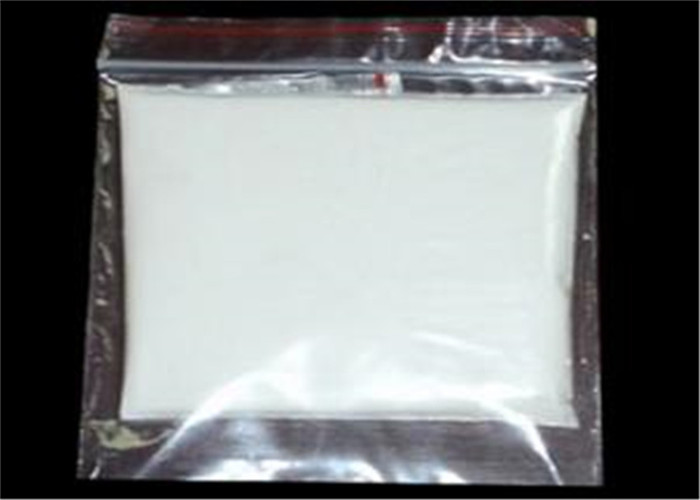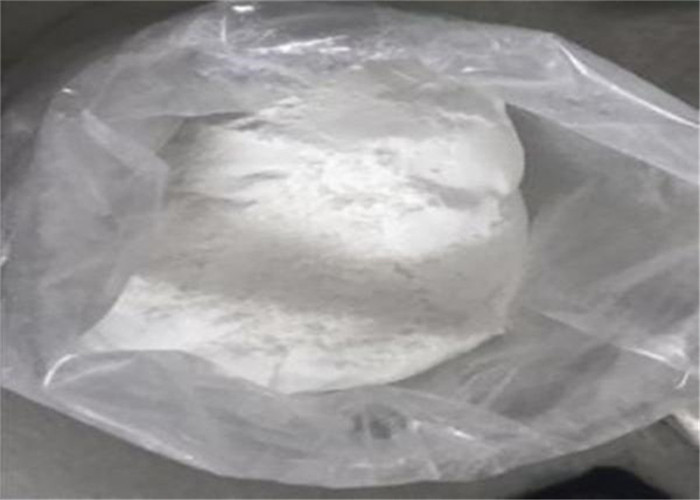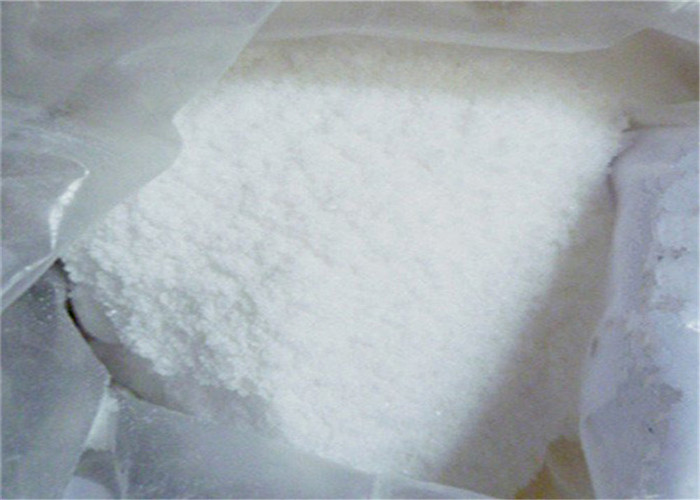Raw Material Choline Chloride Active Pharmaceutical Ingredients
Choline chloride
| Product Name |
Choline chloride |
| CAS |
67-48-1 |
| MF |
C5H14ClNO |
| MW |
139.62 |
| EINECS |
200-655-4 |
| Chemical Properties |
White crystalline powder |
| Usage |
choleretic, lipotropic, hepatoprotectant |
Functions & EffectS:
Choline chloride is one kind of vitamins (often called as vitamin B4), a necessary organic compound with a low molecular weight. It is the most common and economical form of choline and the main ingredients of constituted phospholipids, lecithin and plasmalogen. It is associated with the metabolism and synthesis of glycine, betaine, cysteine, serine, methionine and many other methyl containing biological compounds;
Choline chloride can build and keep the cell structure, maintain vivo physiological function, regulate fat metabolism and transformation in vivo to stimulate the liver, generate antibodies, prevent liver or stomach fat deposition and tissue degeneration;
Choline chloride may contribute to the reformation of amino acids in the body and improve the utilization of amino acids in animals.
Though choline chloride is present in almost all feed ingredients, yet choline from natural feed materials are relatively low bio-available and could not cover the daily requirement on it. It is necessary to supply extraneous choline to fulfill the demand on animals’ normal growth performance.
Chemical Properties and Usage:
Chemical Properties White crystalline powder
Usage choleretic, lipotropic, hepatoprotectant
General Description White crystals. Practically neutral aqueous solution.
Air & Water Reactions Deliquescent. Very soluble in water.
Reactivity Profile An acidic organic salt. Materials in this group are generally soluble in water. The resulting solutions contain moderate concentrations of hydrogen ions and have pH’s of less than 7.0. They react as acids to neutralize bases. These neutralizations generate heat, but less or far less than is generated by neutralization of inorganic acids, inorganic oxoacids, and carboxylic acid. They usually do not react as either oxidizing agents or reducing agents but such behavior is not impossible. Many of these compounds catalyze organic reactions.
Fire Hazard Choline chloride is relatively nonflammable. .













 Sales Manager
Sales Manager